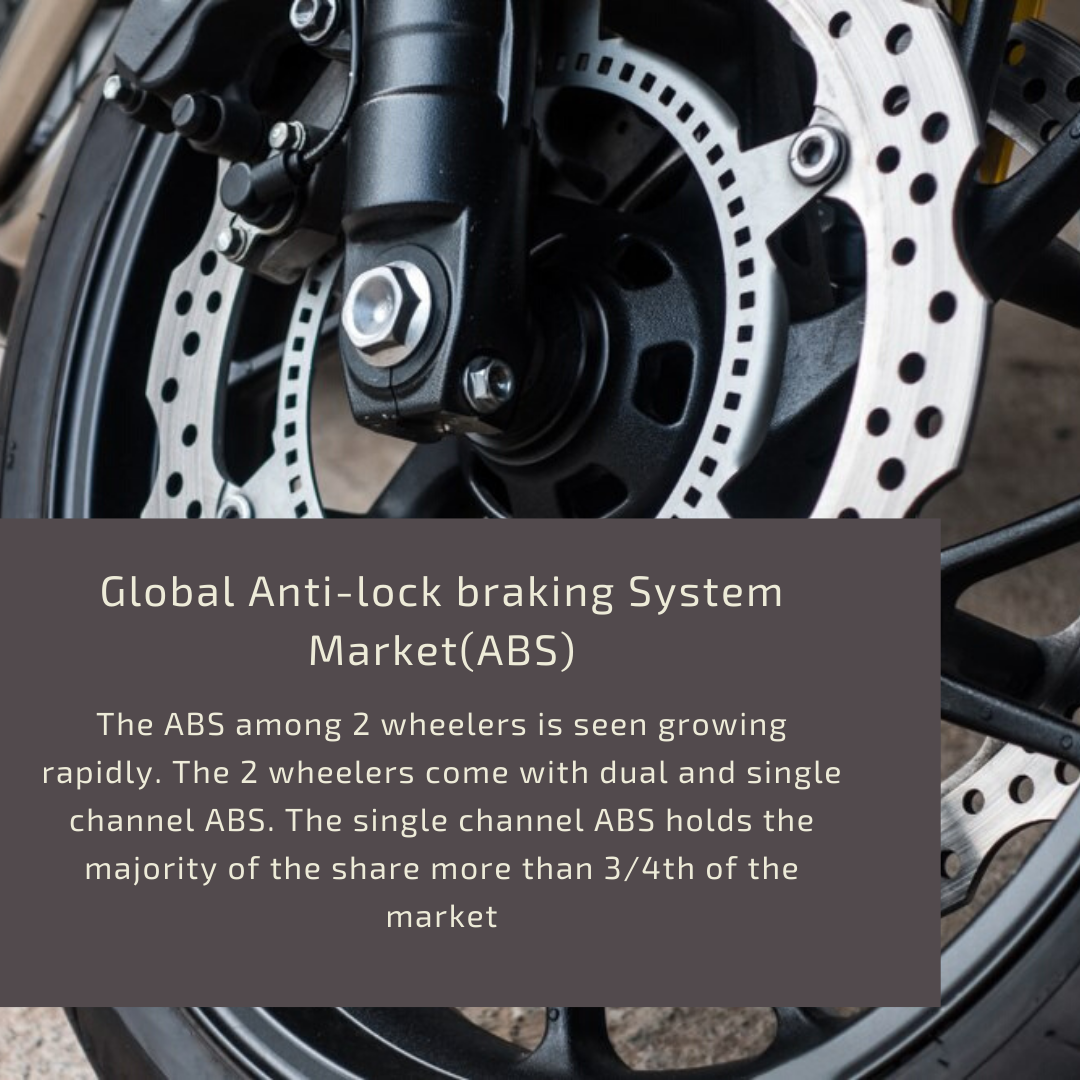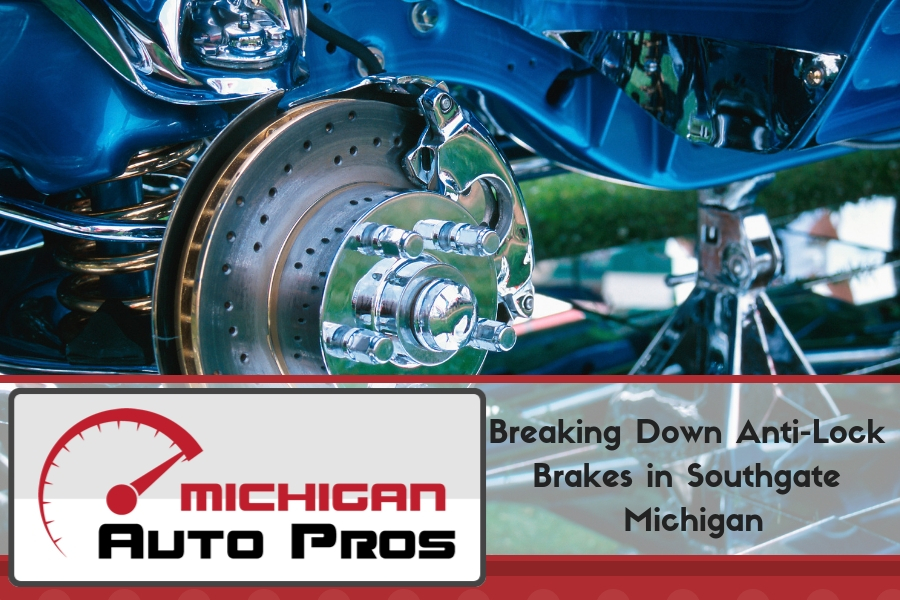

As a result, every car with ABS has a sensor attached to its wheels. With four-wheel ABS, push the brake pedal. ANTI-LOCK BRAKES During Pressure Vent mode the pressure increase solenoid is closed. Solenoid 1 Pressure increase Solenoid 2 Pressure decrease/Vent. With ABS, all you have to do is brake and steer. ANTI-LOCK BRAKES During Pressure Hold mode of operation both solenoids are closed and no additional fluid is allowed to flow to brake calipers. In 1978, ABS 2 was unveiled, Bosch’s first production-ready electronically controlled ABS. The primary job of the Anti Lock Braking System or ABS is to monitor our vehicles wheels under heavy braking. Always brake and steer when using four-wheel anti-lock brakes.


However, ABS technology is much more efficient.
#Anti lock brakes drivers#
Before ABS was invented, drivers had to pump the brake pedal during a hard stop to avoid wheel lock-up.
#Anti lock brakes full#
In 1975, Bosch took over full responsibility for ABS development and later bought up all the remaining Teldix shares. The purpose of ABS is to prevent vehicle wheels from locking up and skidding, which causes a loss of control for the driver. Extensive winter testing proved the ability of the ABS 1 system to function, but the electronics were not sufficiently durable.Īfter acquiring a 50 percent stake in Teldix in 1973, the main contribution made by Bosch was its development and manufacturing experience with electronic components, which were robust enough for use in vehicles. However, it turned out that the analog electronics available back then did not satisfy the safety requirements for a braking system. ABS only works on the rotation of the wheel as the vehicle moves forwards or backwards, and it doesnt stop a vehicle from sliding sideways thats done using. The system was met with great interest by the automotive industry, and preparations for mass production got underway.


 0 kommentar(er)
0 kommentar(er)
